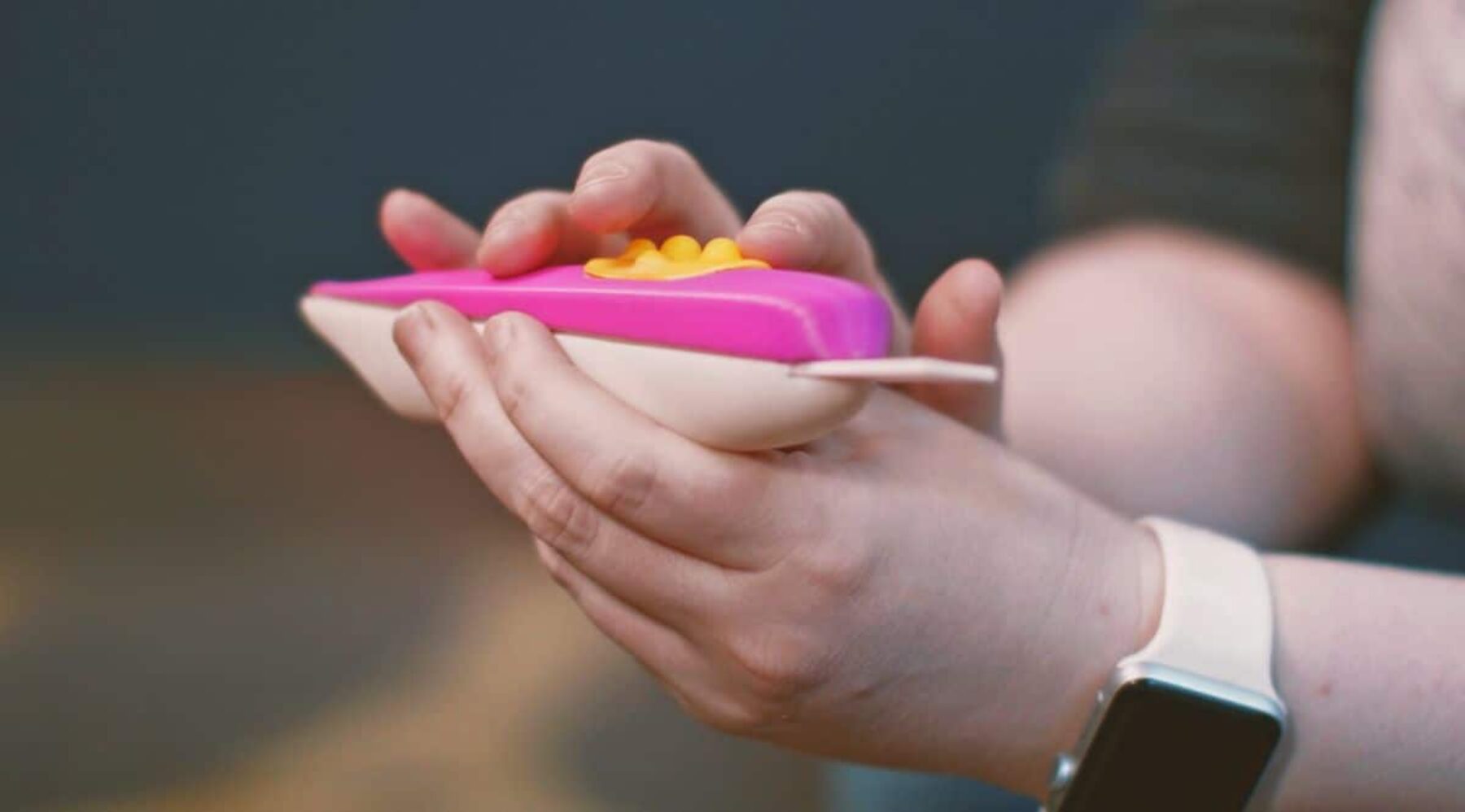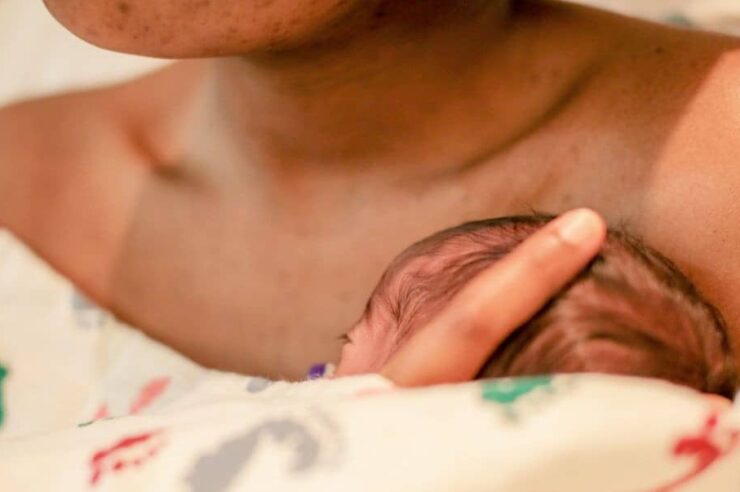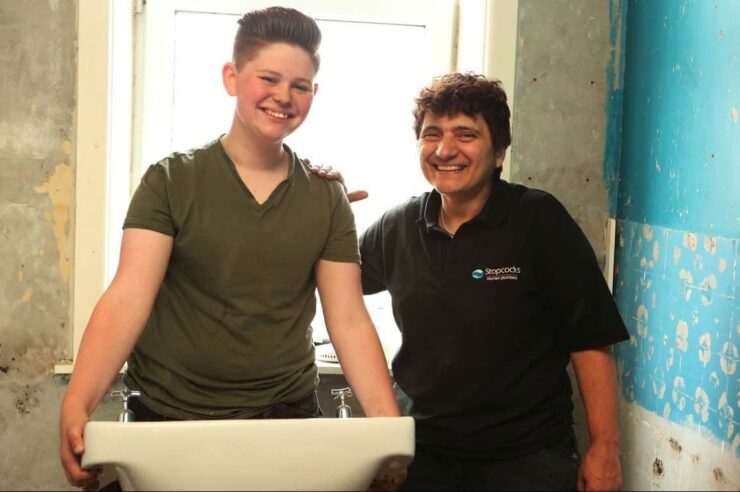Pregnant women with sight loss are not always the first to know they are carrying a baby. A new pregnancy test aims to change that
Can you imagine being pregnant, and not being the first to know? This is the situation currently facing blind and partially sighted women, who rely on help to interpret the result of pregnancy tests.
That could be set to change, thanks to a fully accessible pregnancy test prototype. If produced, it would enable women with sight loss to know their result privately for the first time.
The test allows the result to be felt, using a large tactile area with raised bumps to indicate a pregnancy.
Danielle from London was one of the women involved in the development. She said: “I’ve taken a pregnancy test in the past and it’s been negative and the person who has been reading it has said ‘Oh it’s probably just as well though isn’t it.”
The prototype was researched, developed, created and stress tested with the blind and partially sighted community by product designer Josh Wasserman. He said: “It was interesting to think differently about how we can utilise the different senses maybe we don’t think about as much.”
The spectrum of sight loss had to be taken into account, meaning a redesign of not just of the result element, but of each aspect of the user experience. The top is brightly coloured and in high contrast, making it easier to see for those with partial vision. The shape is easier to navigate by touch using different textured surfaces, an ergonomical design and a 50 per cent larger absorbent tip.
The prototype is part of the RNIB’s Design for Everyone campaign, which aims to inspire businesses and designers to prioritise accessibility when creating products and services.
Eleanor Southwood, the chair of RNIB, added: “We wanted to design and create a proof of concept prototype to show that it can be done. Accessible design isn’t something that’s far off in the future; it’s here and now, and we wanted budding designers to be able to think accessibly in future by sharing our work.”
Main image: RNIB/Design For Everyone/Josh Wasserman





